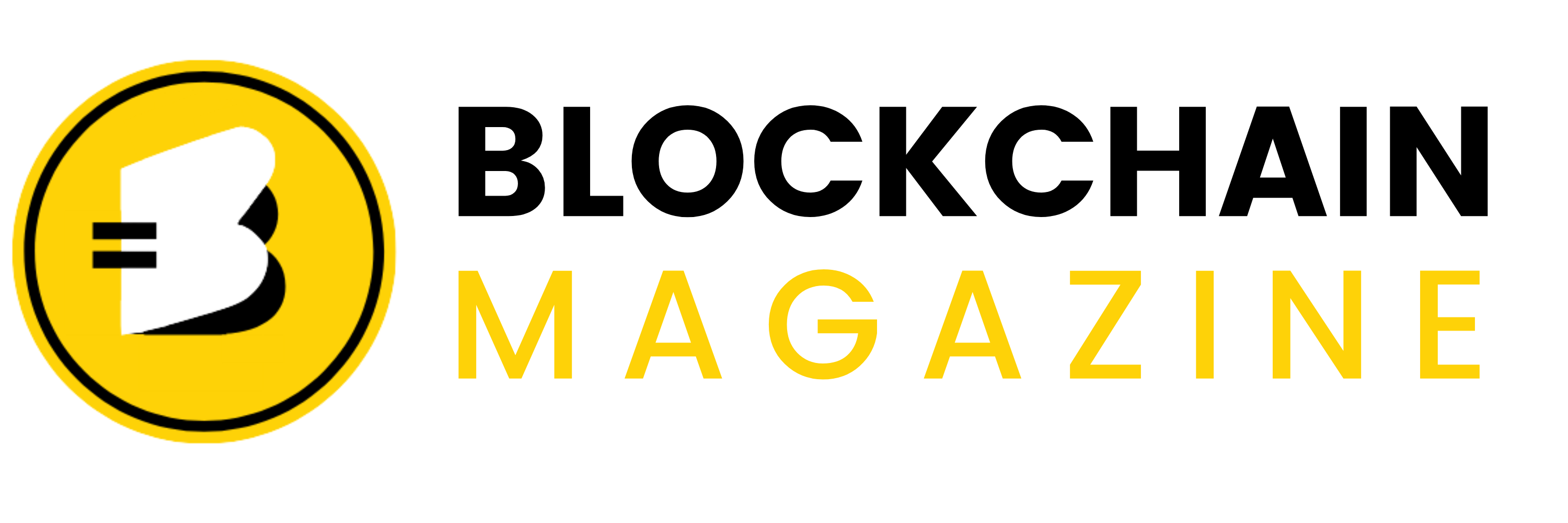ETHEREUM 2.0 AND PRYSM TESTNET
Early this month Prysmatic Labs team has launched the most-complete public testnet for the first phase of the Ethereum 2.0 network which uses the Prysm client. The launch was well-received by the Ethereum community. Many immediately started running the software and reporting issues to the Prysmatic Lab team.
The number of validator nodes on the Ethereum 2.0 testnet surpassed 800 nodes very quickly. This simply shows the strong desire of the Ethereum community to contribute to the Ethereum progress into the highly anticipated Ethereum 2.0 network upgrade.
To take this excitement even further, it is important to educate the wider Ethereum community about the new Ethereum 2.0 testnet, why its launch has set-up a crucial milestone and why it took a long time to reach this milestone.
This article is an effort to fill this role by breaking down the technical details and articulating them in a simple language. It starts by discussing how Ethereum 2.0 is different from the current Ethereum 1.0 network and then it goes into a high-level explanation of the functionality of the testnet.
Lets first understand what is testnet and how is Ethereum 2.0 different.
WHAT IS A TEST NETWORK?
A testing network for a decentralized project, that allows testing of experimental features. The testnet is an alternative Bitcoin or Ethereum blockchain, to be used for testing.
Testnet tokens are separate and distinct from actual tokens and are never supposed to have any value. This helps application developers or bitcoin testers to experiment, without the need to use real bitcoins or worrying about breaking the main bitcoin or the Ethereum chain.
THE SAPPHIRE TESTNET
The Sapphire Testnet is a public network created by Prysmatic Labs. It implements the Ethereum 2.0 Phase 0 protocol for a proof-of-stake blockchain enabling anyone holding Goerli test ETH to join and participate. This is a highly experimental test network with no security guarantees. The network is enabled with scheduled restarts for improvements and maintenance as we help make eth2 a reality.
ETHEREUM 2.0
The new Ethereum 2.0 network will change its consensus mechanism from PoW consensus and uses a completely new and innovative Proof-of-Stake (PoS) consensus mechanism known as Casper.
The current Ethereum network uses a single chain (DAG) of blocks. The major change is that now the Ethereum 2.0 network will use 1024 parallel chains. This is the most important part of Ethereum’s ambitious plan to improve scalability which is known as sharding.
These different chains (shards) in future will have the ability to communicate together and all of them will be controlled and validated by a single master chain known as the Beacon Chain. This Beacon Chain is similar to the stem of a plant that has 1024 identical branches.
As its clearly visible from the differences discussed above, Ethereum 2.0 design has a lot of moving pieces that need to be combined together and tweaked to make the machine work. Many aspects, functionalities and concepts of Ethereum 2.0 are completely new and haven’t been tested in any public blockchain before like the Casper consensus mechanism.
An important and notable missing piece of the testnet is the implementation of the Ethereum smart contract functionality, which is scheduled for phase 2 of the roadmap. Smart contracts require the change of the Ethereum Virtual Machine (EVM) to implementation of a suggested alternative (WASM) in the Ethereum 2.0 protocol.
I’ll conclude by saying that, the launch of the testnet was a crucial step in the roadmap of delivering Ethereum 2.0. It’s important for the public participation from the Ethereum community to test the network, identify the issues and bottlenecks and, hence, guiding the Ethereum 2.0 devs to address them.
The launch of the testnet has significantly increased the community’s confidence in the Ethereum 2.0 roadmap. Moreover, the Ethereum Foundation has decided that it will be allocating $19 million to support and promote the development of the Ethereum 2.0 and other Ethereum scalability solutions. These resources would result in faster progress of development and testing efforts.
Stay informed with daily updates from Blockchain Magazine on Google News. Click here to follow us and mark as favorite: [Blockchain Magazine on Google News].
Get Blockchain Insights In Inbox
Stay ahead of the curve with expert analysis and market updates.
latest from tech
Disclaimer: Any post shared by a third-party agency are sponsored and Blockchain Magazine has no views on any such posts. The views and opinions expressed in this post are those of the clients and do not necessarily reflect the official policy or position of Blockchain Magazine. The information provided in this post is for informational purposes only and should not be considered as financial, investment, or professional advice. Blockchain Magazine does not endorse or promote any specific products, services, or companies mentioned in this posts. Readers are encouraged to conduct their own research and consult with a qualified professional before making any financial decisions. The featured image used is just a creative depiction of the title and it does not intend to hurt sentiments of any person or institution. If it hurts anyone sentiments, please do not hesitate to reach out to Blockchain Magazine.

 Bitcoin
Bitcoin  Ethereum
Ethereum  Tether
Tether  XRP
XRP  Solana
Solana  USDC
USDC  Dogecoin
Dogecoin  Lido Staked Ether
Lido Staked Ether  Cardano
Cardano  TRON
TRON  Wrapped Bitcoin
Wrapped Bitcoin  Chainlink
Chainlink  Wrapped stETH
Wrapped stETH  Avalanche
Avalanche  Sui
Sui  Stellar
Stellar  Toncoin
Toncoin  LEO Token
LEO Token  Shiba Inu
Shiba Inu  Hedera
Hedera  Bitget Token
Bitget Token  Hyperliquid
Hyperliquid  USDS
USDS  Litecoin
Litecoin  WETH
WETH  Polkadot
Polkadot  Bitcoin Cash
Bitcoin Cash  Ethena USDe
Ethena USDe  MANTRA
MANTRA  Wrapped eETH
Wrapped eETH  Uniswap
Uniswap  Ondo
Ondo  Monero
Monero  WhiteBIT Coin
WhiteBIT Coin  Pepe
Pepe  NEAR Protocol
NEAR Protocol  Mantle
Mantle  Aave
Aave  Dai
Dai  Official Trump
Official Trump  Aptos
Aptos  Internet Computer
Internet Computer  Ethereum Classic
Ethereum Classic  sUSDS
sUSDS  OKB
OKB  Bittensor
Bittensor  Cronos
Cronos  Gate
Gate 



